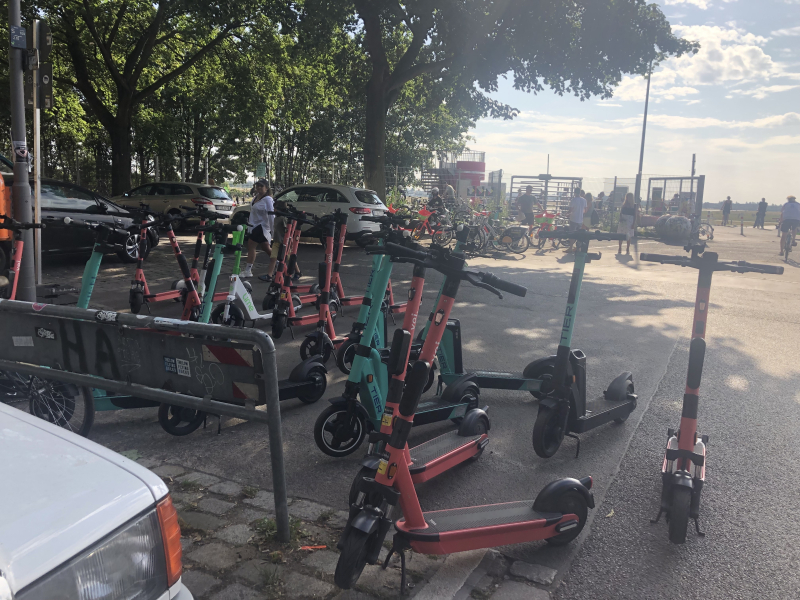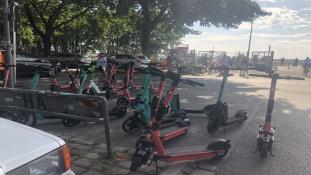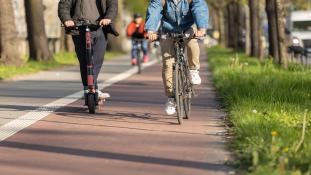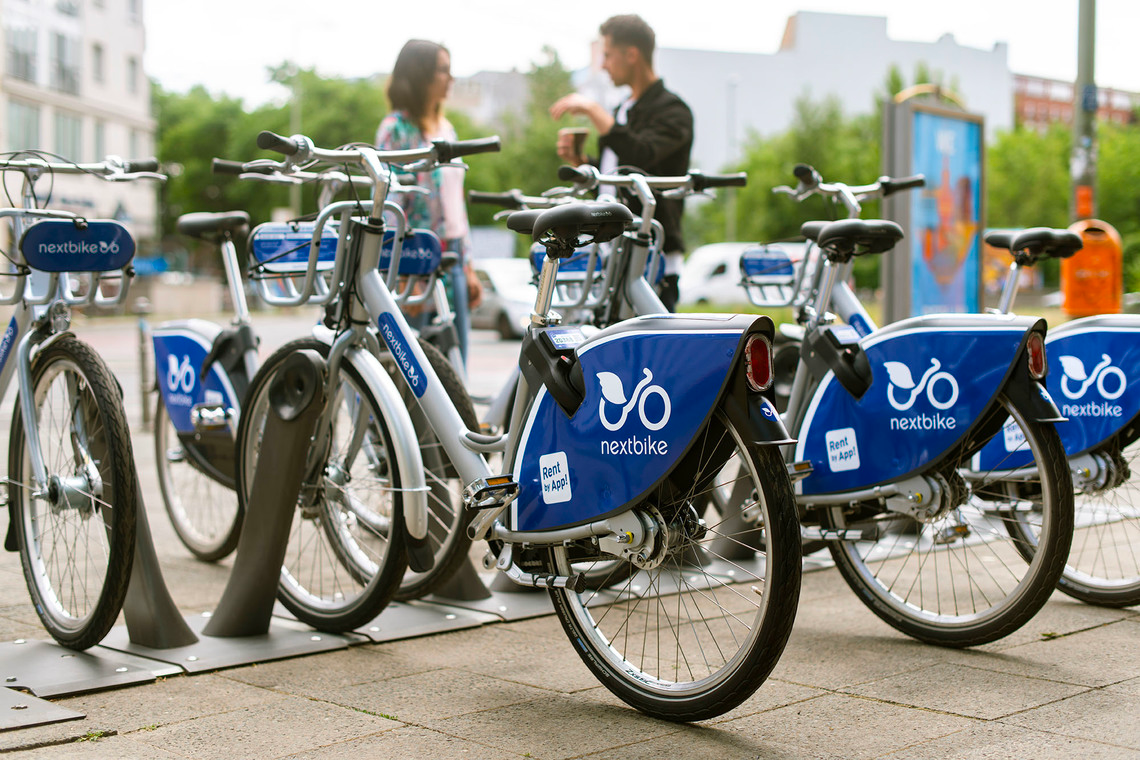(Micro-) Mobility Apps
Micromobility vehicles, such as e-scooters or pedal scooters, complement urban transportation along with traditional public transportation. To provide users with the smoothest possible experience, it makes sense to use an app that plans the entire journey. These apps are called mobility-as-a-serivce (MaaS) apps because they offer different forms of mobility in one service. They allow users to see and book public transportation, cars, scooters and bikesharing options all in the same place. The combination of public transportation services and private transportation providers increases the usefulness of the app.
This makes it easier for users to access micromobility offers and promotes alternatives to private cars, while supporting a city's shift towards sustainable transport. At the same time, the app also provides a better overview and control of micromobility vehicles in the city.




